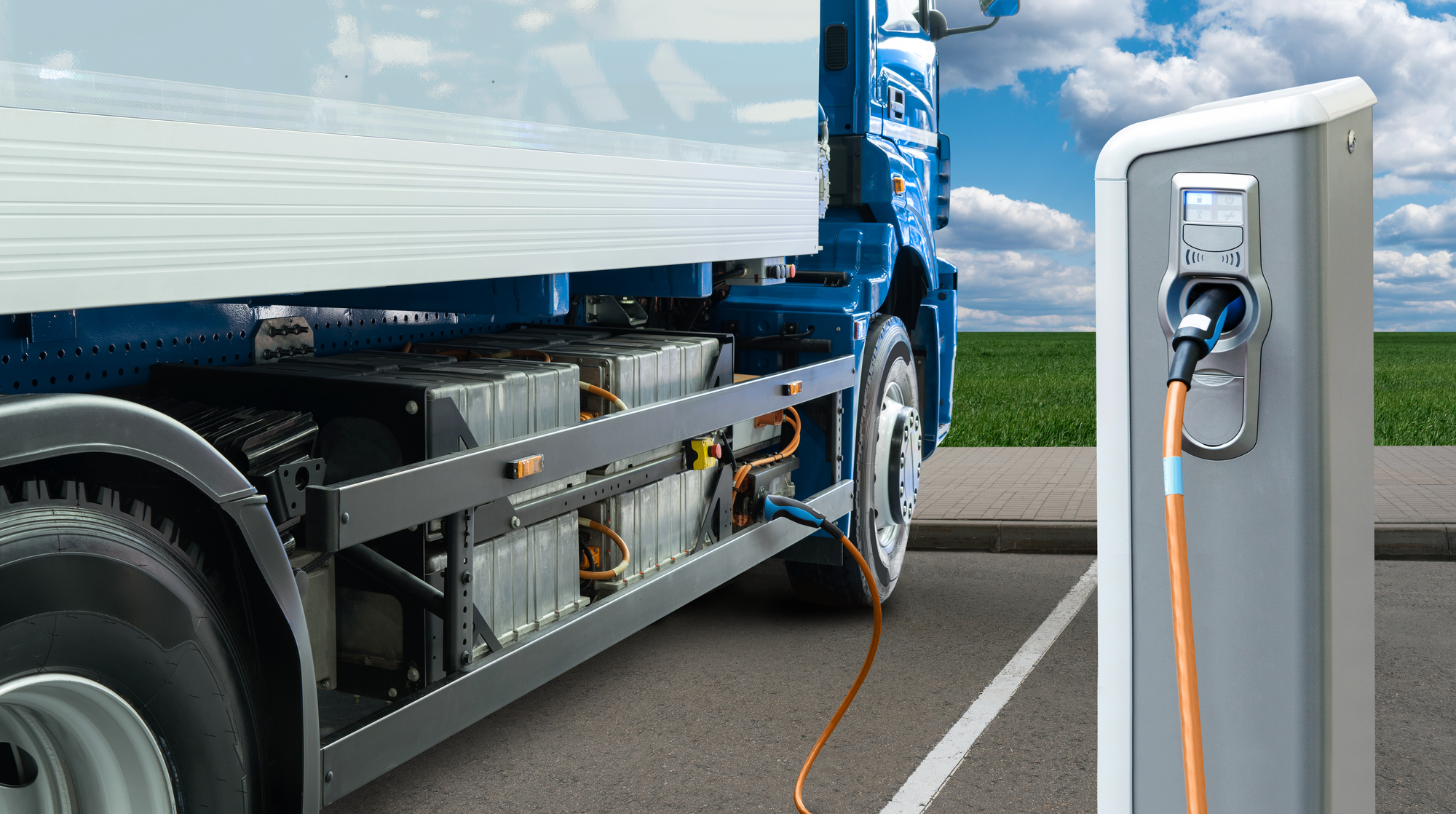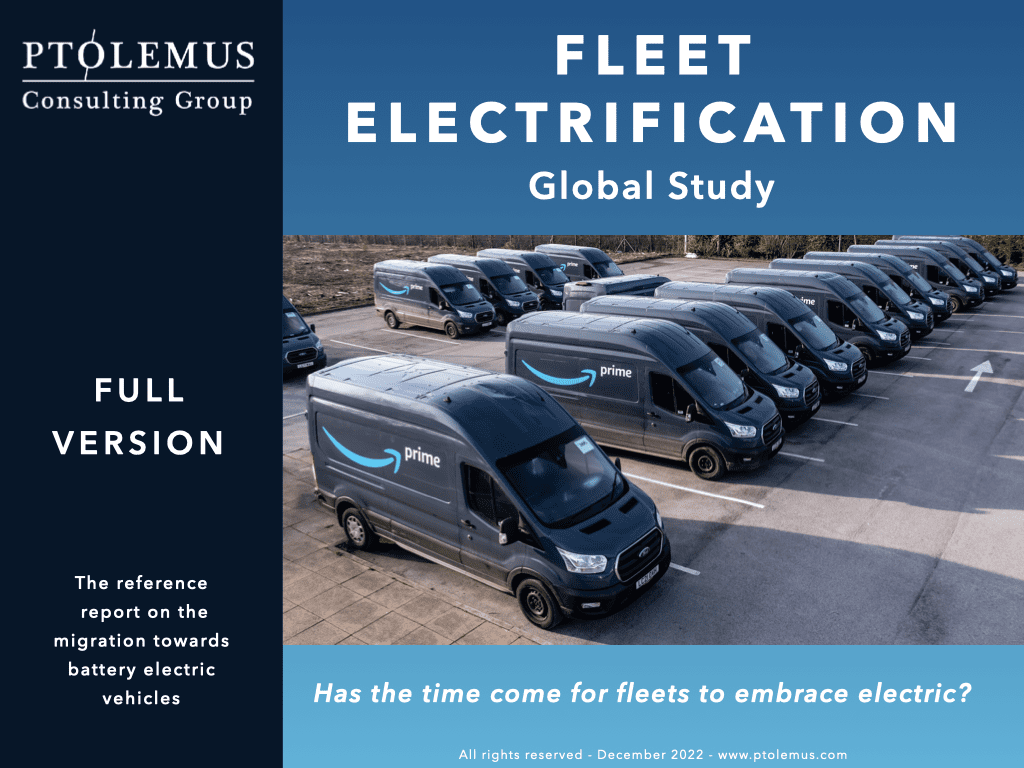How and why to perform an EVSA for your fleet

An Electric Vehicle Suitability Assessment (EVSA) plays a pivotal role in fleet electrification. They are used to determine the feasibility of using EVs by evaluating factors such as vehicle range, charging infrastructure availability and electricity rate. Of course, an evaluation of the current fleet is the first step towards EV fleet conversion and should be performed before an EVSA. In addition, some companies even include a driver readiness assessment as part of their EVSA. We have identified the following steps as being critical for an optimal electric vehicle suitability assessment.

In the first step, the current performance of conventional vehicles is assessed. Factors measured in such an assessment should include distance driven, age of the fleet, and fleet size. As well, current fuel consumption, maintenance costs, and the residual value of the fleets should be considered.
Usually, an EVSA is performed for 6-12 months in which critical data points and processes for fleets and drivers are taken into consideration. For example, the journey is monitored, and outside temperatures are assessed. Operations in extreme (hot and cold) weather may help to inform recommendations for optimal battery management systems (controls battery degradation).
Recommendations for drivers could also be provided by tracking drivers’ performance. Acceleration, braking, and speed are important parameters to determine how drivers will perform in different conditions. Based on these factors, driver training and education programs can be initiated for EV driving and performance.
In the end, the fleet electrification process always begins with a pilot program. Later, conversion is performed on a mass level considering the strengths and weaknesses of the pilot program. This pilot program help in mapping out relevant suppliers and carrying out due diligence and sanity checks for the full conversion.
EVSA tools provided by telematics companies (TSPs)
Fleet managers would need external support to perform an EV suitability assessment. There are softwares, tools and trained personnel that perform this assessment. Usually, the telematics providers are on the front line to provide EV suitability assessment. In recent times, software providers and some specialized fleet management companies also provide these services. Some of the main services provided by telematics providers are mentioned below.
- Telematics can provide accuracy of data to determine the technical feasibility. For example, Telematics can provide accurate driving distance and compare it to EV driving range.
- Telematics providers can determine the financial feasibility of fleet electrification. Precise fuel consumption reading by telematics can be helpful to compare conventional gasoline vehicles with EVs’ cost to travel.
- EVSA is also one such tool that can determine fleet electrification feasibility according to the company’s budget and time. EVSA is calculated by simplifying data inputs in a spreadsheet. The data inputs may include retail price, desired range, maintenance schedules, charging speed and vehicle classes etc.
- Reports and indicators to determine important actions for your EV fleets. For example, EV degradation can precisely report range reduction for EVs over the years.

An EVSA is the first step towards achieving fleet electrification. EVSA performed by reputed telematics providers will precise financial savings for companies considering fleet electrification. Ample time should be provided to telematics to carry an operational understanding of fleets.
To learn more about how to best electrify your fleet, see our Fleet Electrification Global Study

